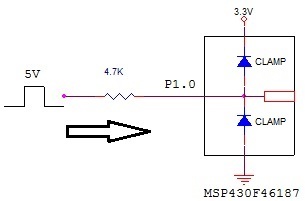Whoa, cool! The papilio looks like something I will pick up sometime soon. As for the other stuff, looks a bit gimmicky. I just want the VGA, np buttons, or controller inputs. However:
the Spartan-3/-3E I/O is not 5V-tolerant.
But:
Spartan-3/-3E I/O can be made 5V-tolerant by using an external series current-limiting resistor to limit the current into the upper clamp diode to 10 mA. This makes the input 5V-tolerant, but an I/O configured as an output still cannot drive 5 Volts and the resulting VOH does not meet the input specifications of the 5V device.
What that means is you can still read all of the LCD pins. The papilio is too expensive for everyone to mod their gameboys with, but it is made for devs to take inspiration from. We can design a standalone board with JUST the Spartan-3/-3E and VGA later on, depending on cost.
Cheers for finding that.
EDIT: here is the VGA "wing":
http://store.gadgetfactory.net/vga-wing/
12$ is more than I want to pay for that, but it looks easy to breadboard once you had a Papilio.
Last edited by Jazzmarazz (Jul 18, 2014 12:30 am)
